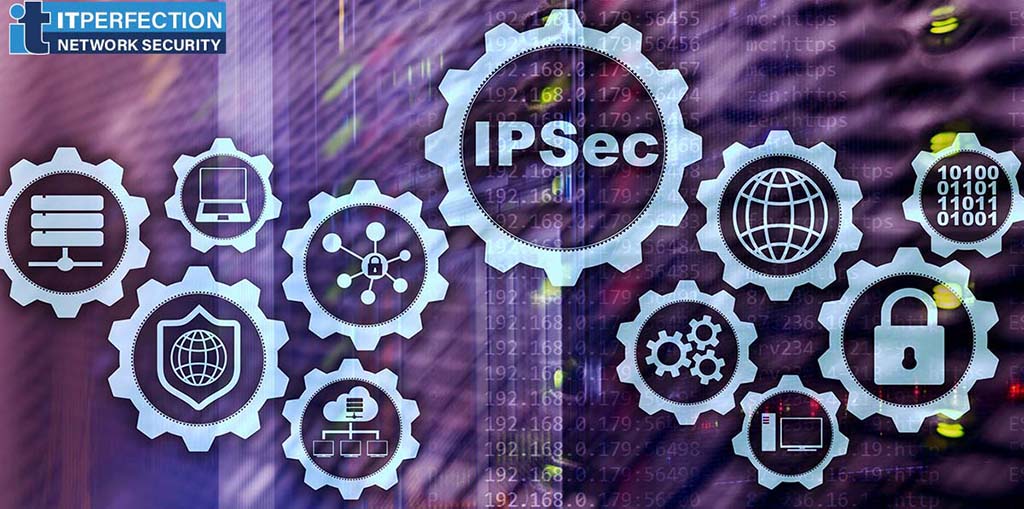Basics of Network Security
It is essential for all organizations to protect their networks. With hackers increasing and becoming smarter day by day, the need to utilize network security tool becomes more and more impotent. Network security is any activity designed to protect the usability and integrity of network and data. In fact, network security is a term used [...]







